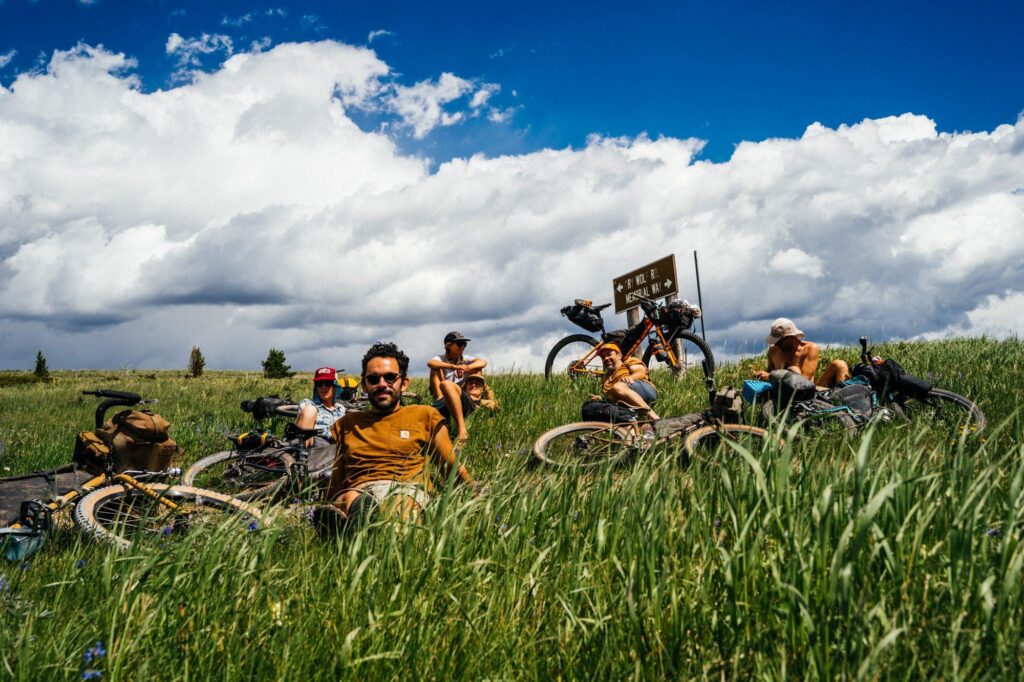In recent years, the battle for public lands has intensified, drawing attention from a wide array of stakeholders, including environmentalists, outdoor enthusiasts, and policymakers. Amidst this escalating debate, one voice is notably missing: that of the cycling community. As discussions surrounding access, conservation, and land use intensify, cyclists find themselves at a crossroads. With public lands facing threats from development, resource extraction, and restrictive policies, advocates argue that the cycling community must engage more actively in the political arena to safeguard their trails and access points. This article explores the current challenges facing public lands, the implications for cyclists, and the critical need for the cycling community to step forward and advocate for the preservation of these cherished spaces.
The Increasing Threat to Public Lands: Understanding the Stakes for Cyclists
The landscape of public lands is under siege, a battleground where environmental preservation and recreational access are pitted against corporate interests and legislative inaction. Cyclists, in particular, face an existential threat as policies favoring land development and privatization gain momentum. The stakes have never been higher, and it’s crucial for the cycling community to understand what’s at risk. Among the most pressing issues are:
- Loss of Trails: Development projects can lead to the obliteration of cherished bike paths, disrupting both recreational cycling and competitive events.
- Access Restrictions: Increased land use regulations may limit where cyclists can ride, making previously accessible areas off-limits.
- Environmental Impact: Development projects can cause ecological damage, impacting wildlife, plant life, and the overall health of ecosystems vital for all outdoor activities.
To illustrate the urgency of defending public lands, consider the following table that summarizes recent legislative efforts impacting access:
| Year | Legislation | Impact on Cyclists |
|---|---|---|
| 2021 | Public Land Management Act | Proposed cuts to protected areas, risking trail access. |
| 2022 | Recreation Enhancement Act | Increased fees for access, potentially reducing participation. |
| 2023 | Conservation of Public Lands Bill | Passed, providing temporary protection but facing future challenges. |
As policies shape the future of these vital lands, the cycling community must engage actively and advocate for preservation, ensuring that the trails we cherish remain accessible for generations to come. Silence is not an option; it is time to rally support and take a stand on issues that affect our rides today and tomorrow.
Mobilizing for Action: Strategies for Cyclists to Engage in Land Protection Efforts
As public lands face increasing threats from development and environmental degradation, cyclists are uniquely positioned to advocate for their protection. By leveraging their passion and community reach, cyclists can engage in various actions to ensure their trails and open spaces remain accessible for future generations. Strategies include organizing local rides focused on advocacy, where communities can come together to discuss critical land issues and promote awareness. Cyclists can also establish partnerships with local environmental organizations to amplify their voice, participate in clean-up events, or join campaigns that lobby for better land management practices.
In addition to grassroots efforts, it’s crucial for cyclists to utilize digital platforms to spread the word and rally support. Creating social media campaigns can effectively mobilize fellow cyclists and outdoor enthusiasts to share their stories about the importance of preserving natural landscapes. Cyclists can also engage with policymakers by attending town halls, and by sharing their personal experiences related to public lands through written testimonials or video blogs. Building a network of like-minded individuals who are committed to land protection will not only increase visibility for these causes but also create a unified front that can influence legislative decisions.
Beyond the Trail: Building Alliances to Advocate for Sustainable Access and Conservation
As the ongoing struggle for public lands intensifies, it is evident that cyclists must engage actively in political advocacy. The intersection of mountain biking and conservation presents a unique opportunity for building alliances not just among cyclists but with a diverse range of stakeholders, including environmental organizations, local businesses, and policy-makers. By forming coalitions, cyclists can amplify their voices and push for sustainable land access while ensuring that recreational trails are protected for future generations. Key players in these alliances can include:
- Local cycling clubs: Energizing grassroots efforts to rally community support.
- Environmental advocates: Collaborating on joint initiatives that highlight mutual goals.
- Government agencies: Engaging in dialogues to shape policies that favor equitable access.
The effectiveness of these partnerships is rooted in their ability to present unified solutions to pressing challenges. For instance, through joint events that combine cycling with conservation efforts-such as trail clean-ups or fundraising rides-participants can forge deeper connections with potential allies. To further this effort, establishing a framework for communication can streamline collaboration. The table below outlines potential strategies for fostering these relationships:
| Strategy | Description |
|---|---|
| Community Workshops | Gather locals to discuss land use and conservation issues. |
| Advocacy Days | Organize events where cyclists meet with lawmakers to discuss policies. |
| Awareness Campaigns | Utilize social media and local media to highlight issues facing trails. |
Concluding Remarks
As the battle for public lands continues to intensify, it is clear that cyclists cannot afford to remain passive observers. The decisions being made today will shape the landscapes we ride through tomorrow, influencing access to trails, roadways, and natural areas that are vital to our sport and community. Engaging in the political process is not just a matter of convenience; it is a responsibility that each cyclist must embrace. Advocacy, awareness, and active participation in local, state, and national discussions surrounding public lands are essential to ensure that the voices of cyclists are heard and valued. As we pedal forward, let this be a rallying cry for the cycling community: stand up, speak out, and defend the beautiful spaces we hold dear. The time to act is now-our trails, our roads, and our future depend on it.










